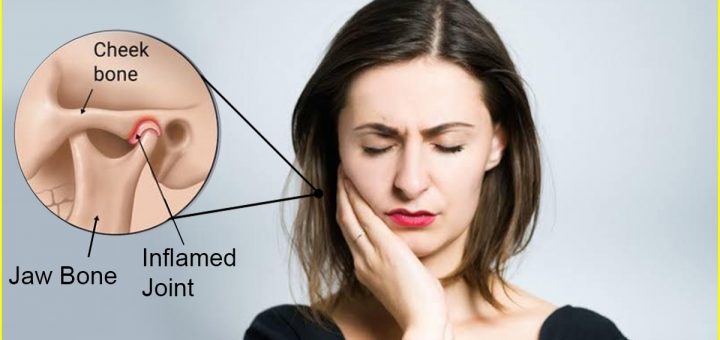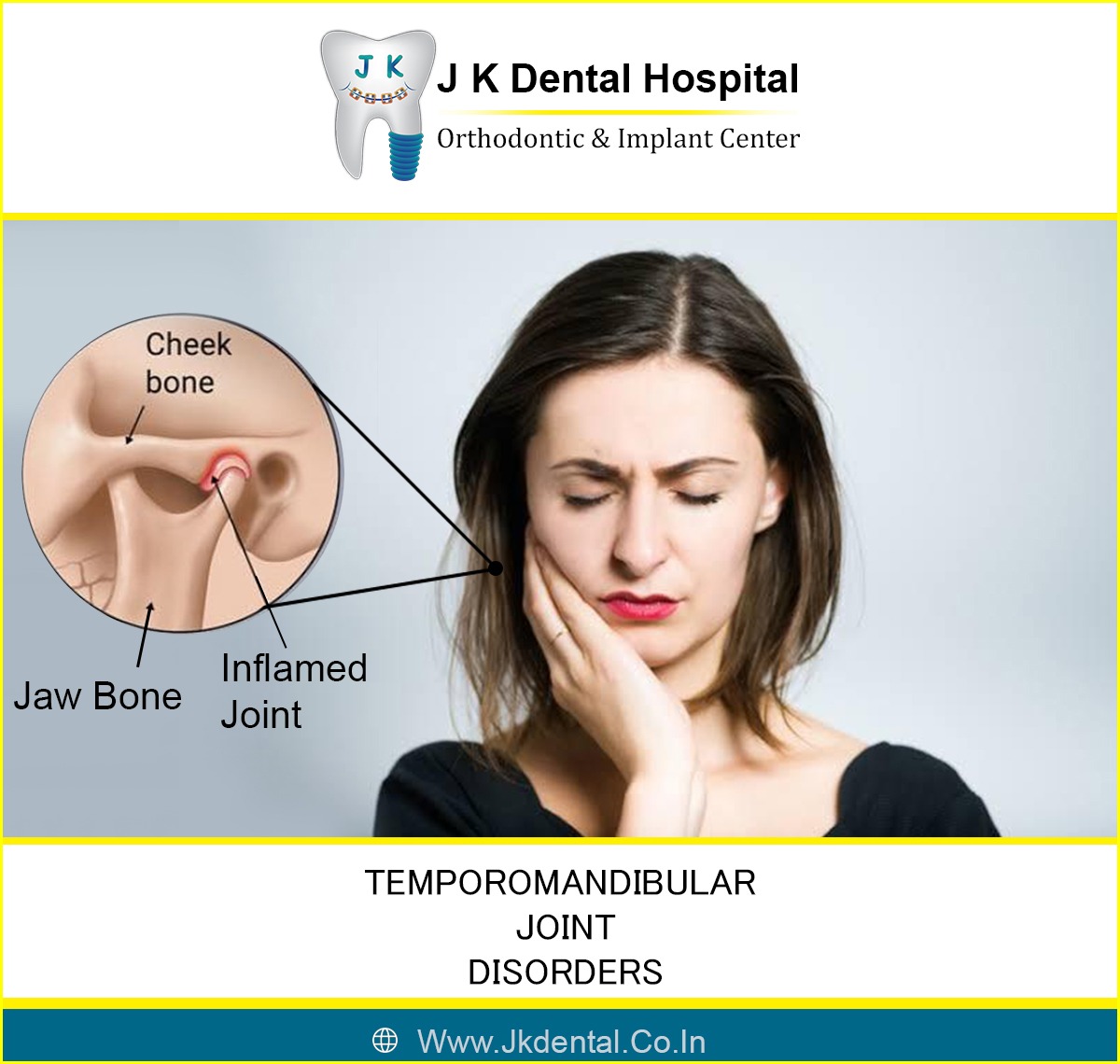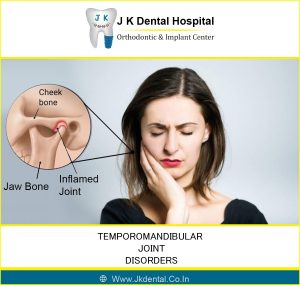TEMPOROMANDIBULAR JOINT DISORDERS | TMJ DOCTOR IN AHMEDABAD


**Title: Understanding Temporomandibular Disorder (TMD): Symptoms, Causes, and Treatment**
**Introduction:**
Temporomandibular Disorder (TMD) is a condition that affects the temporomandibular joint (TMJ), causing pain and discomfort in the jaw joint and muscles that control jaw movement. TMD can have a significant impact on daily life, affecting activities such as eating, speaking, and even sleeping. In this blog post, we will delve into the symptoms, causes, and treatment options for TMD, offering insights into managing this condition effectively.
**Symptoms of TMD:**
TMD manifests through various symptoms, which can vary in severity from person to person. Common symptoms include:
1. Jaw pain or tenderness.
2. Difficulty or discomfort when chewing.
3. Clicking, popping, or grating sounds in the jaw joint.
4. Locking of the jaw joint, making it difficult to open or close the mouth.
5. Facial pain or headaches, often radiating from the jaw.
6. Ear pain or a sensation of fullness in the ears.
7. Jaw muscle stiffness or soreness, especially upon waking.
**Causes of TMD:**
The exact cause of TMD is often multifactorial and may involve a combination of factors, including:
1. Jaw misalignment or abnormal bite.
2. Excessive teeth grinding or clenching (bruxism), especially during times of stress.
3. Injury or trauma to the jaw joint or surrounding muscles.
4. Arthritis affecting the TMJ.
5. Muscle tension or spasms in the jaw and neck.
6. Genetics, as some individuals may be predisposed to developing TMD.
**Treatment Options for TMD:**
Treatment for TMD aims to alleviate symptoms and improve jaw function. Depending on the severity and underlying cause of the condition, various treatment options may be recommended, including:
1. Self-care measures: Practices such as applying moist heat or ice packs to the jaw, avoiding hard or chewy foods, and practicing relaxation techniques can help alleviate symptoms.
2. Medications: Over-the-counter pain relievers, muscle relaxants, or anti-inflammatory drugs may be prescribed to manage pain and inflammation associated with TMD.
3. Dental treatments: Dental interventions such as bite splints or occlusal adjustments can help correct jaw alignment issues and alleviate pressure on the TMJ.
4. Physical therapy: Exercises to strengthen jaw muscles, improve flexibility, and correct posture can be beneficial in managing TMD symptoms.
5. Stress management: Techniques such as cognitive-behavioral therapy, mindfulness, or biofeedback can help reduce stress and tension, which may exacerbate TMD symptoms.
6. Surgical intervention: In severe cases of TMD that do not respond to conservative treatments, surgical procedures such as arthrocentesis, arthroscopy, or joint replacement may be considered.
**Conclusion:**
Temporomandibular Disorder (TMD) can significantly impact an individual’s quality of life, causing pain and discomfort in the jaw joint and surrounding muscles. However, with proper diagnosis and management, the symptoms of TMD can often be effectively alleviated. If you experience persistent jaw pain or difficulty with jaw movement, it is essential to consult a healthcare professional for an accurate diagnosis and appropriate treatment plan. By understanding the symptoms, causes, and treatment options for TMD, individuals can take proactive steps to manage this condition and improve their overall oral health and well-being.








